Telehealth physical therapy can enable you to receive professional care from the comfort of your own home. No more juggling schedules or sitting in traffic to attend appointments. We’ll discuss telehealth PT…

Some active women feel relieved when they no longer get a monthly menstrual period. (Yes! More freedom, less dis- comfort, no more cramps.) They may believe having no period is a sign they are training hard, like a real athlete. Others believe they have stopped menstruating because they are exercising too much or have too little body fat. No. Many very thin athletes who exercise hard have regular menses.
Absence of periods (called amenorrhea) can be linked to serious health problems, including loss of calcium from the bones, almost a three times higher incidence of stress fractures today and long-term problems with osteoporosis in the not-too-distant future.
If you should want to start a family, amenorrhea interferes with the ability to conceive easily, and can also contribute to future problems with infertility (even though normal menses may have returned).
Amenorrhea is not sport-specific. Sports that emphasize lightness (ballet, running) have the highest prevalence. Up to 44% of these athletes may experience amenorrhea (as compared to 2% to 5% of women in the general population). The question arises: among a team of female athletes, why do some of the women experience menstrual problems and others don’t? The answer may relate to nutrition. Woman with amenorrhea commonly under-eat; their bodies have inadequate fuel to support the menstrual process, to say nothing of nurture a baby. Under famine-like conditions, menstruation can stop to conserve energy.
If you among the estimated 20% of active women who have missed three or more consecutive menstrual periods and are experiencing amenorrhea, please stop rejoicing and go see your gynecologist. Amenorrhea is abnormal. It can be a red flag for body image problems (i.e., claiming to feel fat even when emaciated), an intense fear of gaining weight or becoming fat, and restrictive eating. Amenorrhea is part of The Female Athlete Triad, along with low bone mineral density/stress fractures, and restrictive eating patterns/eating disorders. Amenorrhea can create undesired health issues.
Resolving the problem: If you no longer get regular menstrual periods and feel as though you are struggling to balance food and exercise, please get a nutrition check-up with a sports dietitian as well as a medical check-up with your doctor or gynecologist. To find a sports dietitian in your area, use the Academy of Nutrition and Dietetics referral networks at www.SCANdpg.org or www.eatright.org.
The most important change required to resume menses includes matching your energy intake with your energy output, so you eat enough to support both exercise and normal body functions.
Historically, doctors gave the birth control pill to women with amenorrhea; this forced menstrual bleeding. But taking the birth control pill is a “Band-Aid approach” and does not resolve the underlying problem.
You are likely eating too few calories if you are hungry all the time and think about food too much. You can achieve energy balance by exercising a little less (add a rest day) and by eating a little more. Your goal is to consume about 15 calories per pound of body weight that you do not burn off with exercise. That means, if you weigh 100 pounds, you need to eat ~1,500 calories to maintain your weight PLUS another 500 to 800 calories to replace the fuel you burned while training. That totals 2,000 to 2,300 calories for the entire day, a scary amount of food for some women.
If eating this much sounds overwhelming to you, the following tips may help you get “back on the healthy track.”
Is there long-term damage? Loss of bone density can be irreversible and lead to early osteoporosis. The younger you are, the better your chances of recovery. Nip this problem in the bud now!
Article written by Nancy Clark, MS, RD CSSD (Board Certified Specialist in Sports Dietetics) counsels active people at her private practice in Newton, MA (617-795-1875). For more information, read her Sports Nutrition Guidebook and food guides for marathoners, soccer players, and cyclists. They are available at www.nancyclarkrd.com.

Telehealth physical therapy can enable you to receive professional care from the comfort of your own home. No more juggling schedules or sitting in traffic to attend appointments. We’ll discuss telehealth PT…

Fueling Tips for Single and Double Workouts As one coach aptly stated, “Too many athletes show up for training, but they don’t show up for meals. They might as well not show…
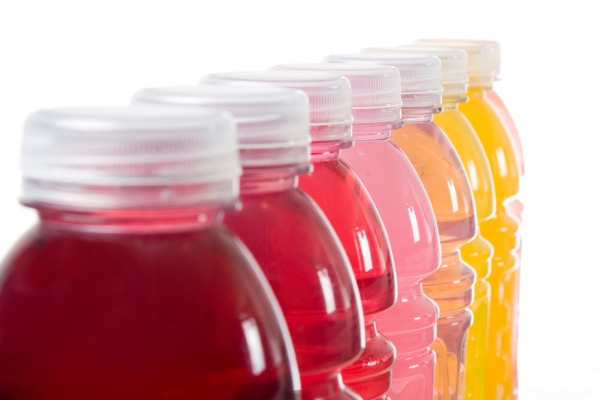
Author Nancy Clark MS RD CSSD Sugar, Health & Athletic Performance Of all the questions athletes ask me, “Is sugar bad for athletes…?” is at the top of the list. You likely…
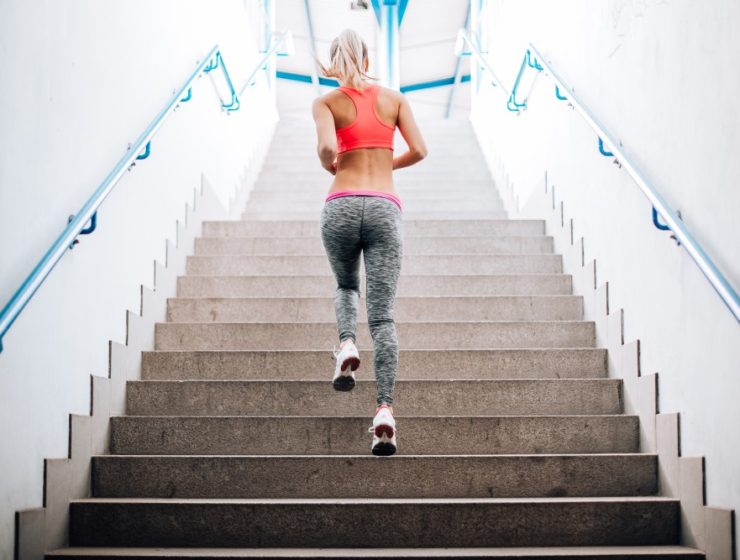
Running is one of the most popular exercises that people use to stay fit. It’s a relatively low-impact option compared to some of the other physical activities that you can choose from,…
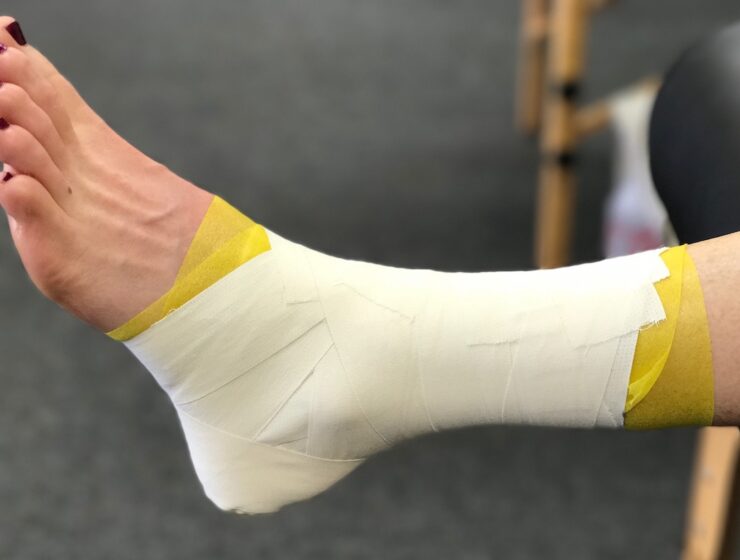
Both taping and bracing play an important role in the prevention of ankle injuries and in the return to play of athletes with ankle injuries. The question that is often asked by…
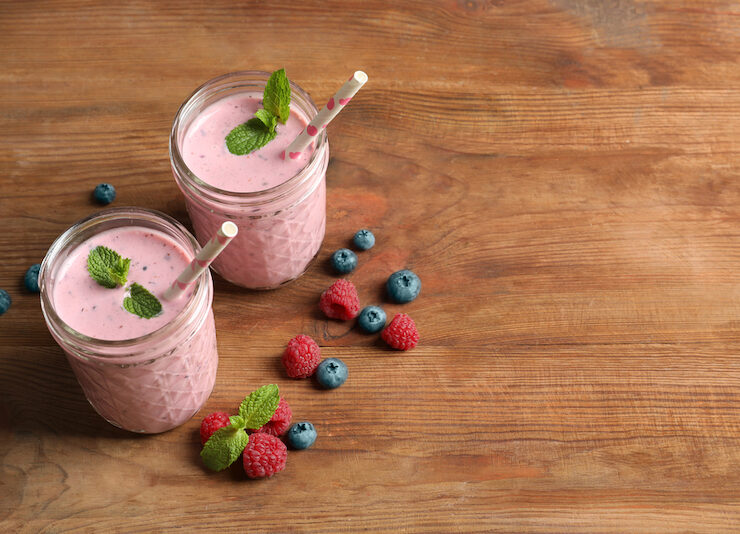
Author Kristen Carli, MS, RD Choosing the right protein source to support your fitness goals and overall health is important. With so many protein supplements available, it’s hard to know which one…
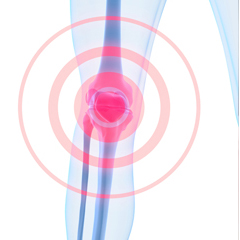
Imagine being told you need knee surgery – a procedure that can be complex, with a long recovery time and potential complications. Wouldn’t you want to be absolutely certain that it’s the…
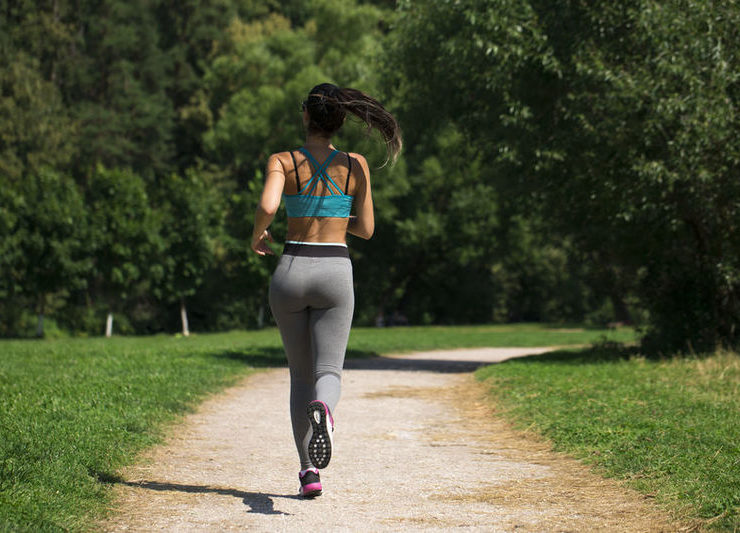
Are you an avid fitness enthusiast looking to get rewarded for your hard work and dedication to staying fit? What if we told you that you could earn rewards, discounts, and even…
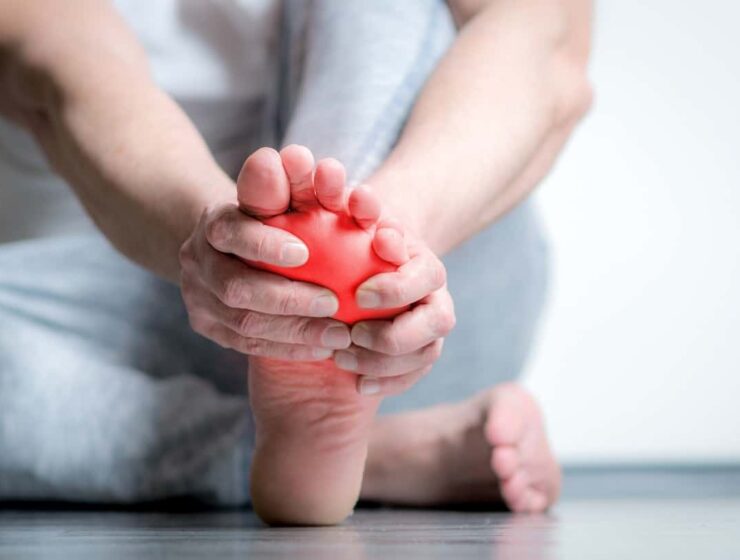
Ball of Foot Pain: Causes, Symptoms, and Relief Have you ever experienced a sudden, sharp pain in the ball of your foot? If so, you’re not alone. Ball of foot pain is…